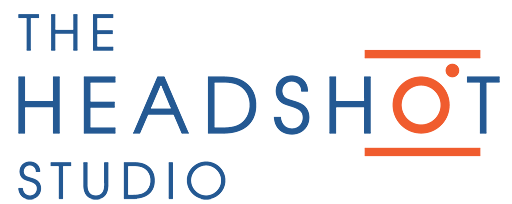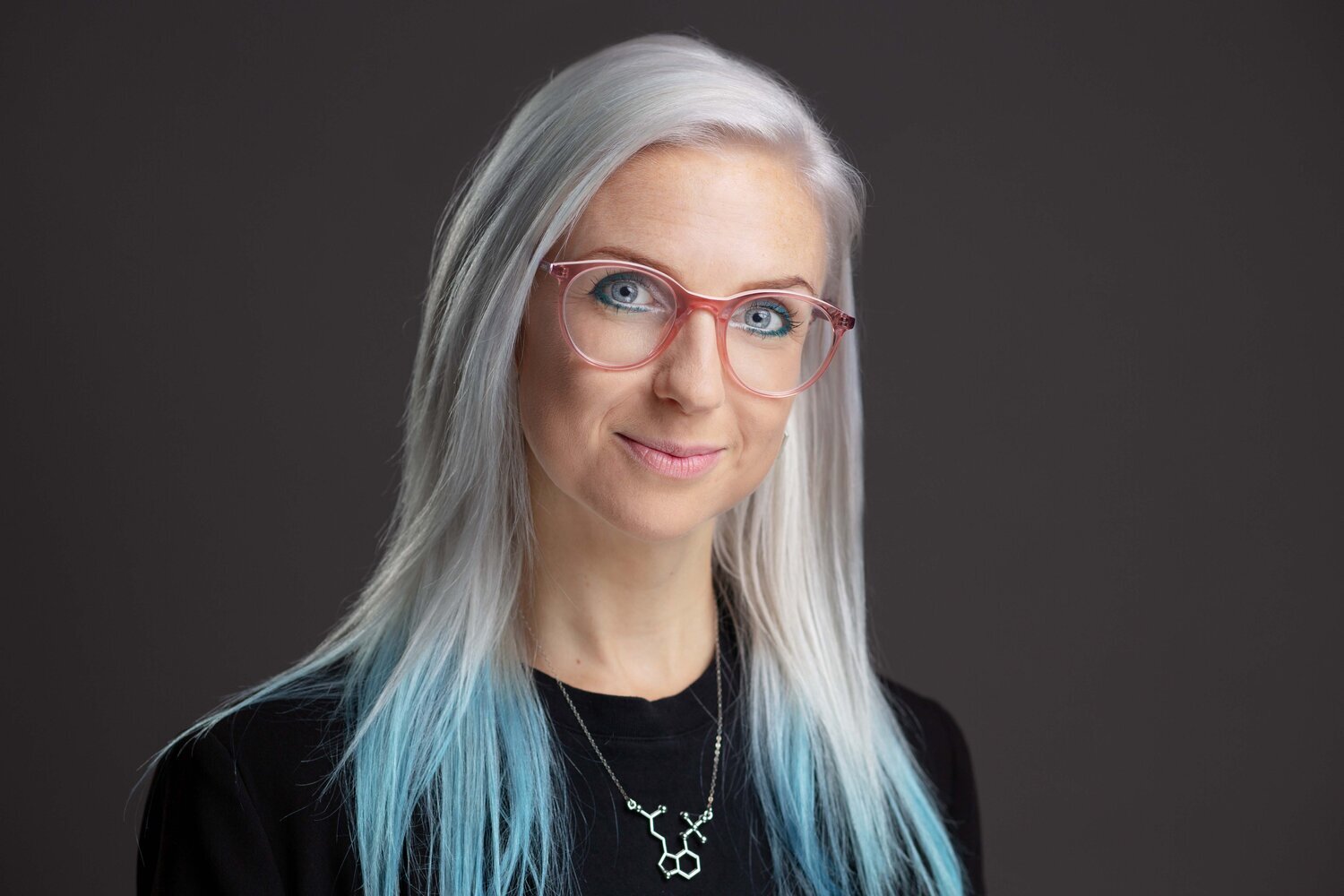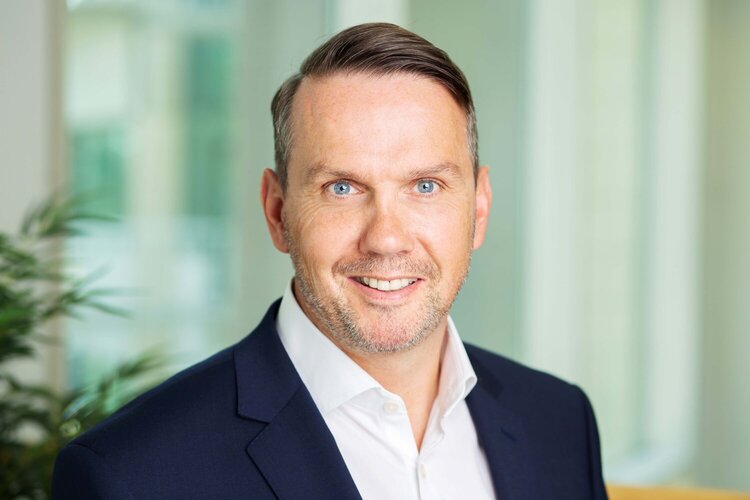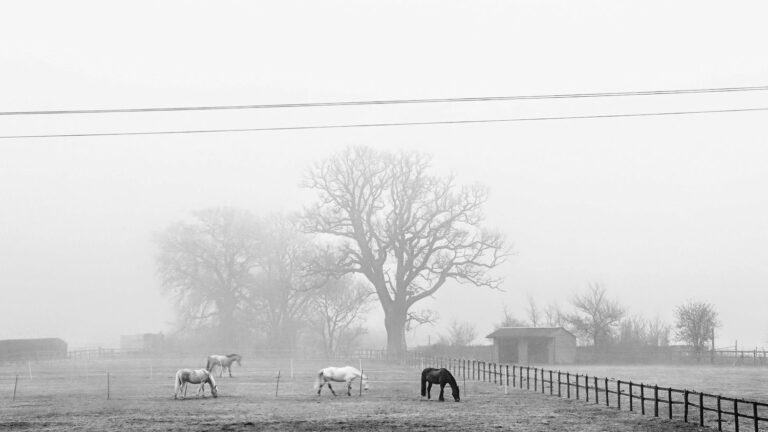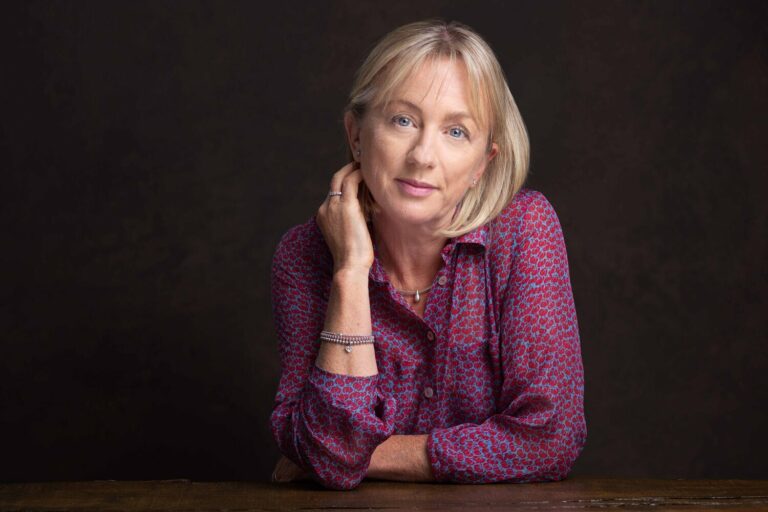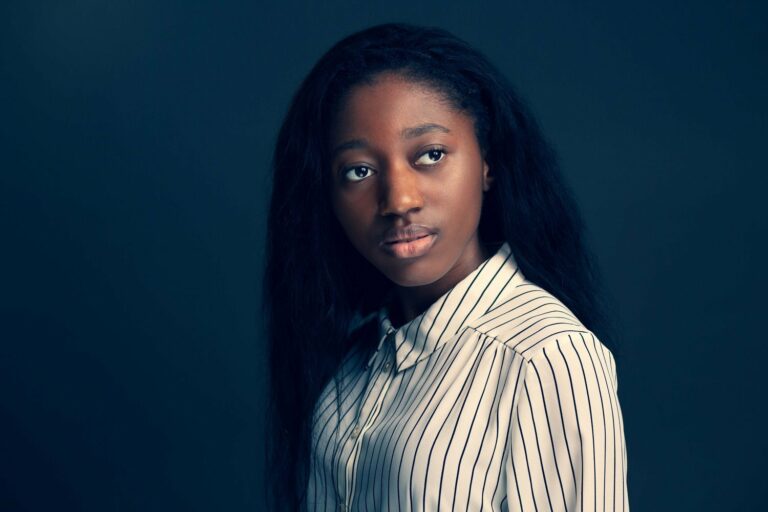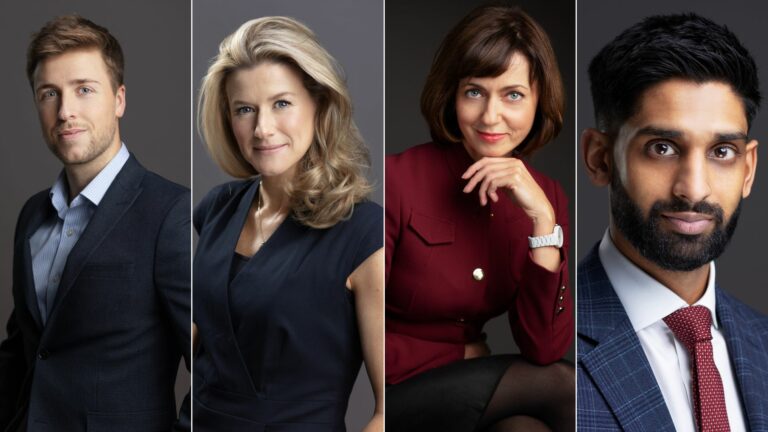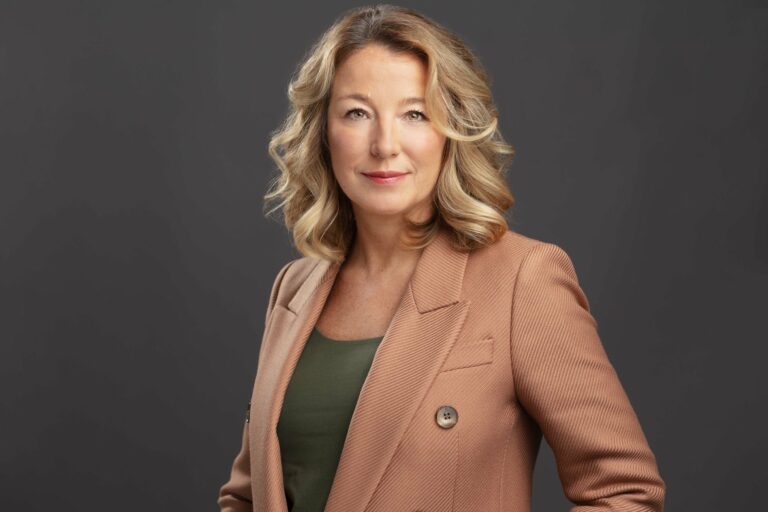Photoshop: “With Great Power Comes Great Responsibility”
Hello and welcome to our latest blog here at The Headshot Studio!
There is a conundrum that has plagued Portrait /Fashion Photographers ever since the invention and introduction of an incredibly important tool – Photoshop.
Photoshop was released in 1990 and changed the photography industry forever.
What started as a simple application has now morphed into a complicated, powerful and indispensable tool that can transform average images into award winning works of art – and in some cases digital images made from scratch in the application.
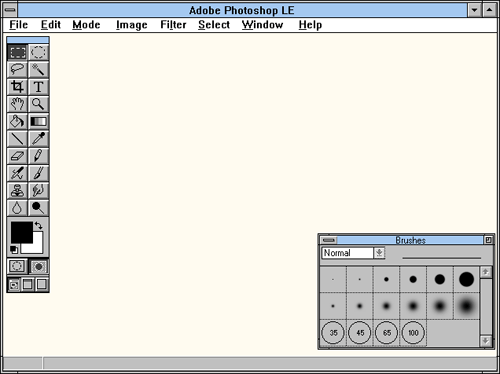
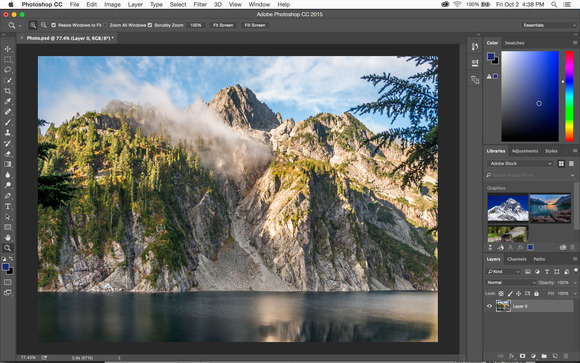
The aforementioned conundrum that every photographer (particularly Portrait oriented Photographers) faces (pun intended) is: How much Photoshopping is too much?
Its easy to underestimate just how powerful Photoshop is. ‘Photoshopping’ or ‘Retouching’ as its known in the industry, can range from technical aspects of an image – changing the colour temperature or saturation to removing a couple of pimples or shadows under the eyes to removing wrinkles, whitening teeth and making someone look slimmer all the way to completely changing the way someone looks.
Here is where Photographers can muddy the waters.
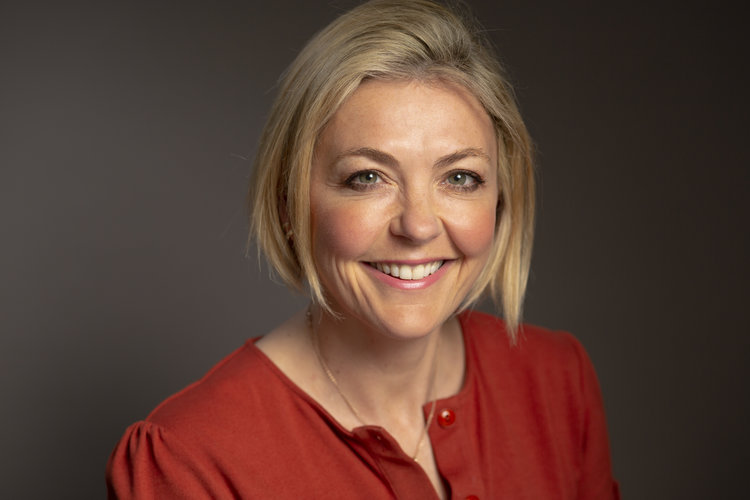
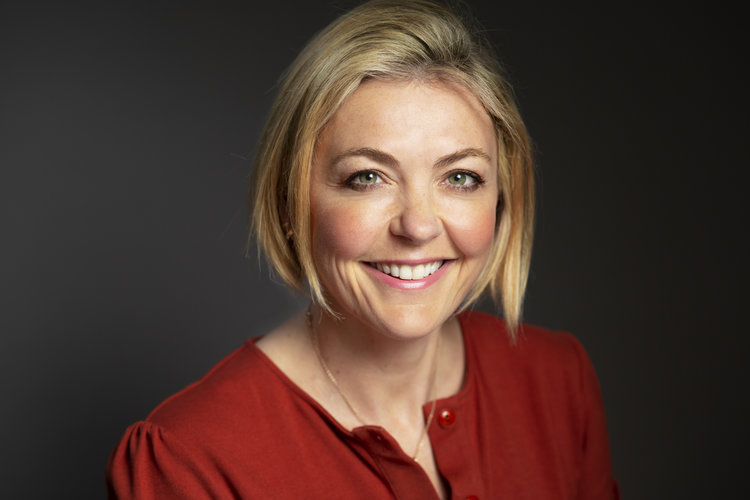
Glossy fashion magazines such as Cosmopolitan and Marie Clare have long been seen as the biggest culprits – selling the idea of physical perfection through heavy handed Retouching. Skin smoothing is the biggest crutch – resulting in faces without pores that look like the aliens from 1985’s Cocoon.
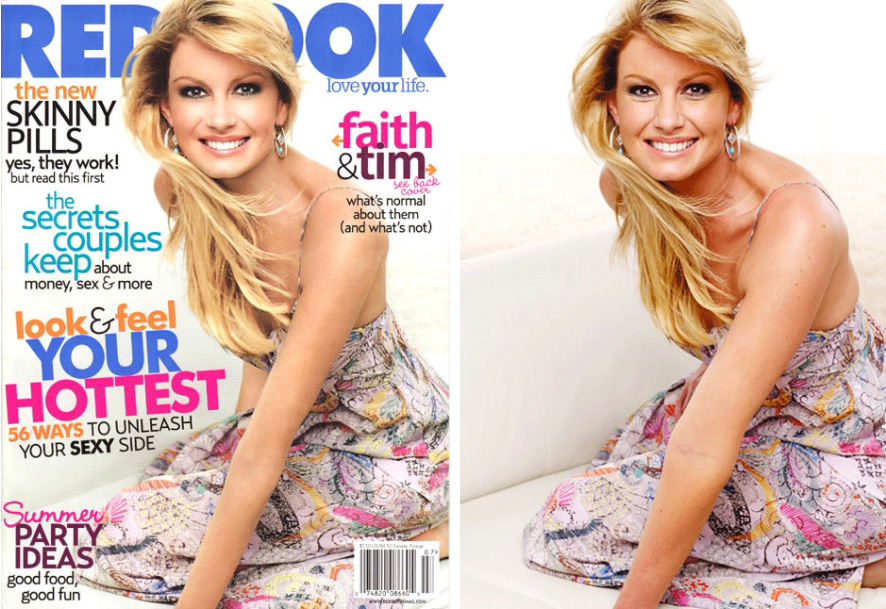
Artificial slimming through Photoshop is another problem perpetuated by the glossy magazines and is perhaps the most controversial misuse of Photoshop.
Fundamentally changing the body shape, removing any curves and semblance of body shape pushes things way too far in my opinion and usually results in an image that looks nothing like the model that they started with.
Practices like this are partly to blame for the epidemic of unrealistic beauty plaguing fashion magazines and more importantly social media apps like Instagram. Print is dying, there’s no denying that, and Instagram reaches far more people than an issue of Cosmo, and crucially, a far younger and impressionable audience.
I touch on the subject of unrealistic beauty in online imagery affecting people’s confidence and self esteem in my previous blog, which you can read here.
Things Are Changing…Slowly
With the combination of Glossy magazine photoshopping scandals making the headlines and people becoming more aware of these practices with the dawn of the internet – attitudes are changing.
Marketing departments are realising that people are far more educated on these issues than ever before and are pushing the notion of real beauty onto consumers, an example being the Dove Campaign For Real Beauty in the early 2000’s – which was incredibly successful, and many other companies followed suit.
Over-editing however is still prevalent, scrolling through portrait images on Instagram can be a depressing endeavor…
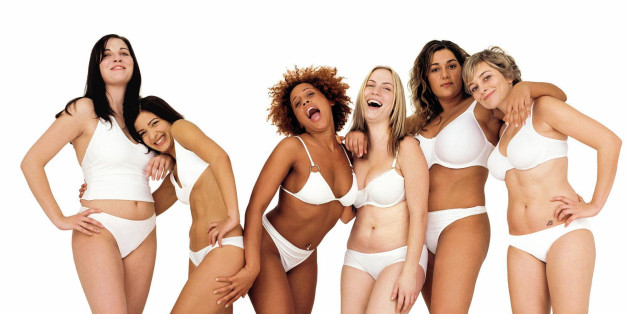
The Headshot Studio’s Photoshop Principles
We use Photoshop on all of our images, but as a famous cinematic uncle said to a certain web slinging superhero – “With great power comes great responsibility”.
We use Photoshop to enhance our headshots so that they can be the best they can be, the last thing we want is for a client to receive a retouched photo and not recognise the person they’re looking at due to a heavy hand with the mouse.
We adjust our images on the technical side – adjusting colour temperature, brightness, saturation and contrast, and our policy on retouching is to remove temporary anomalies such as pimples/blemishes, circles under the eyes if the client hasn’t had a proper nights sleep before the headshot session, getting rid of any stray hairs and brightening up eyes.
We would only use wrinkle removal or skin smoothing if a client specifically requests it and even then we use these tools sparingly. Getting the balance between a professionally produced headshot and an over edited distraction is crucial and as a Headshot Photographer, I feel I owe it to my clients to get this balance right.
Thank you so much for reading, and I hope you found this blog post interesting, or at the very least a worthwhile distraction!
If you would like to book a headshot session with us and trust us not to over edit your headshots, you can either call us on 07917 823 318, drop us an email or fill in the form below:
